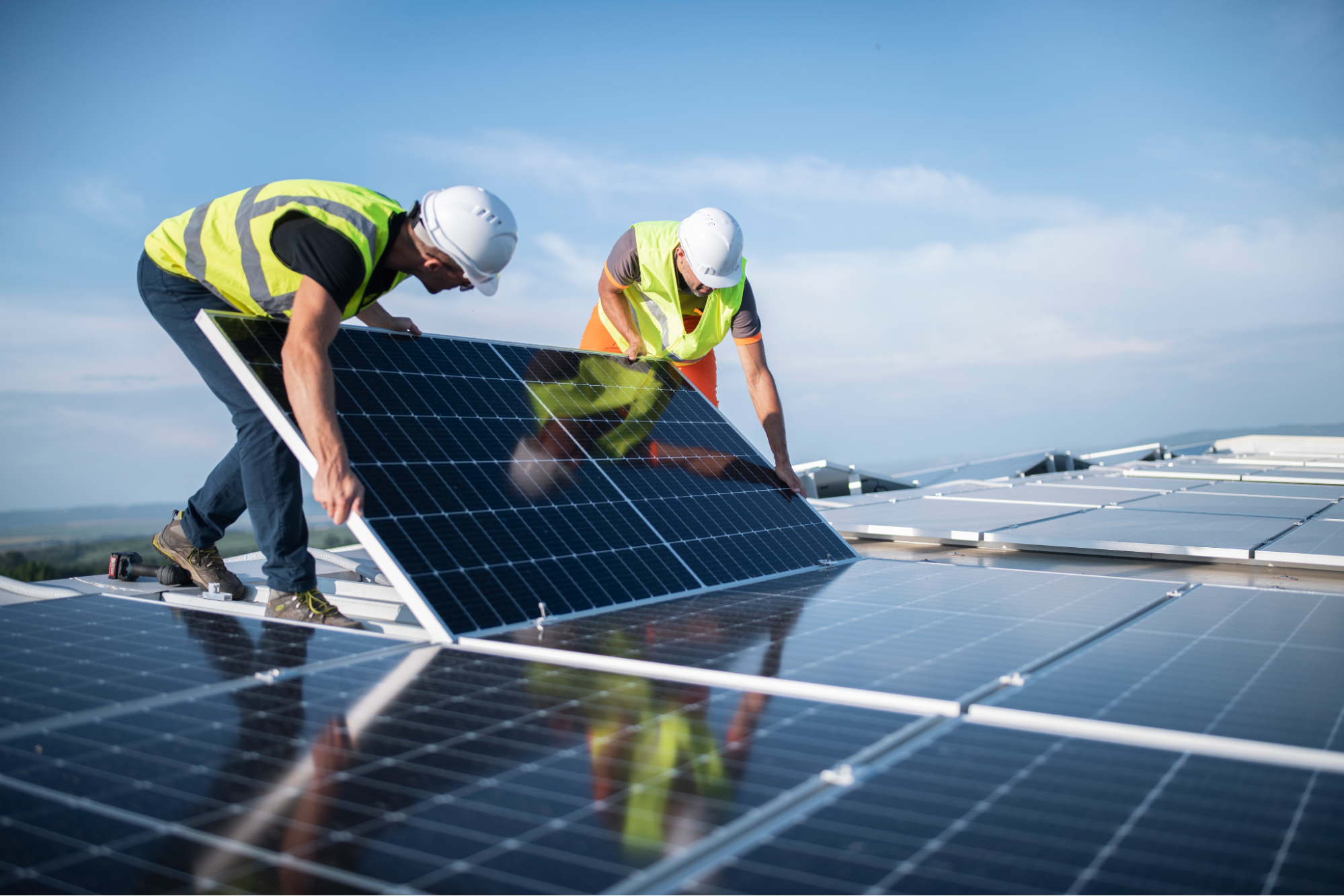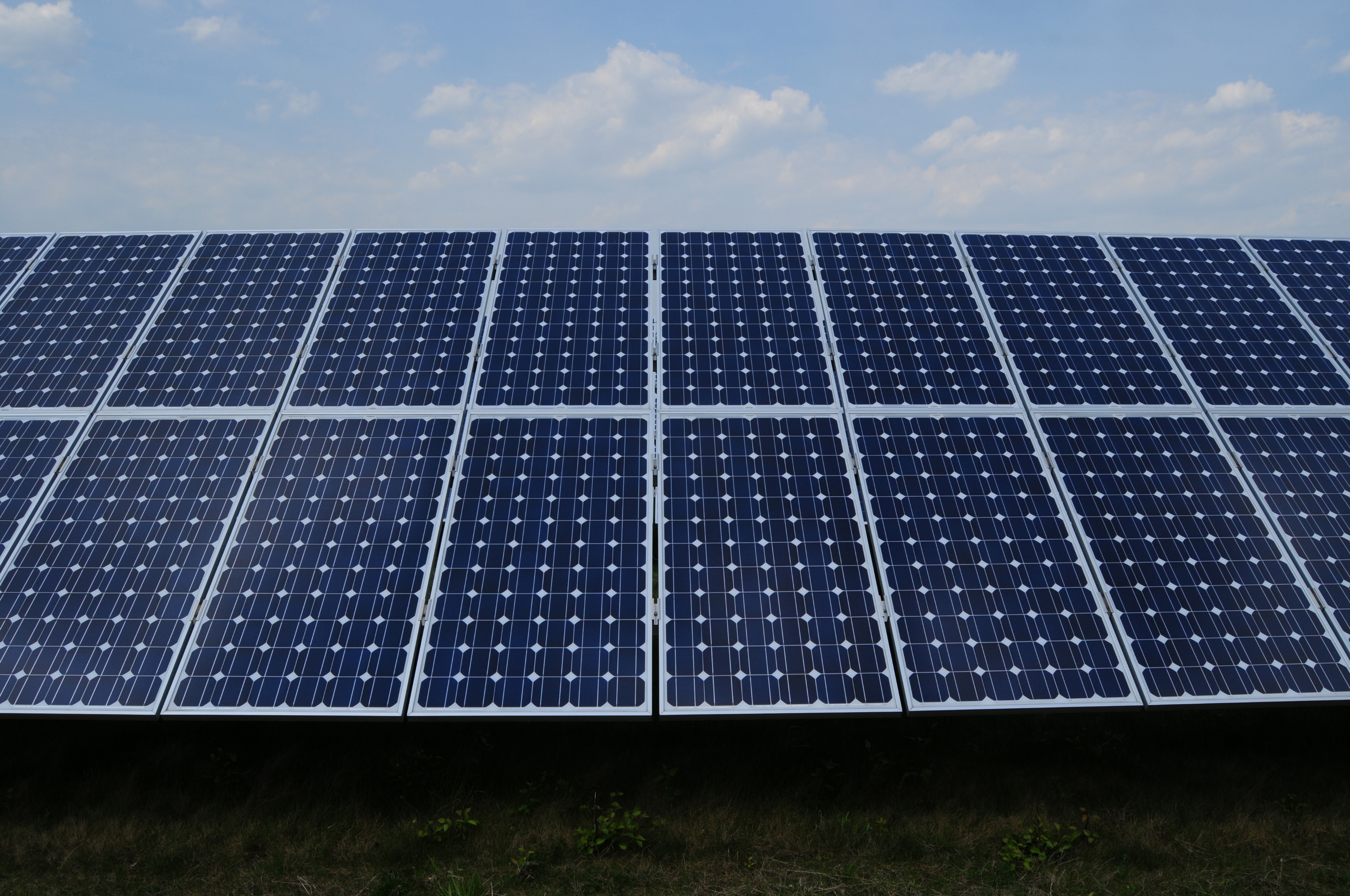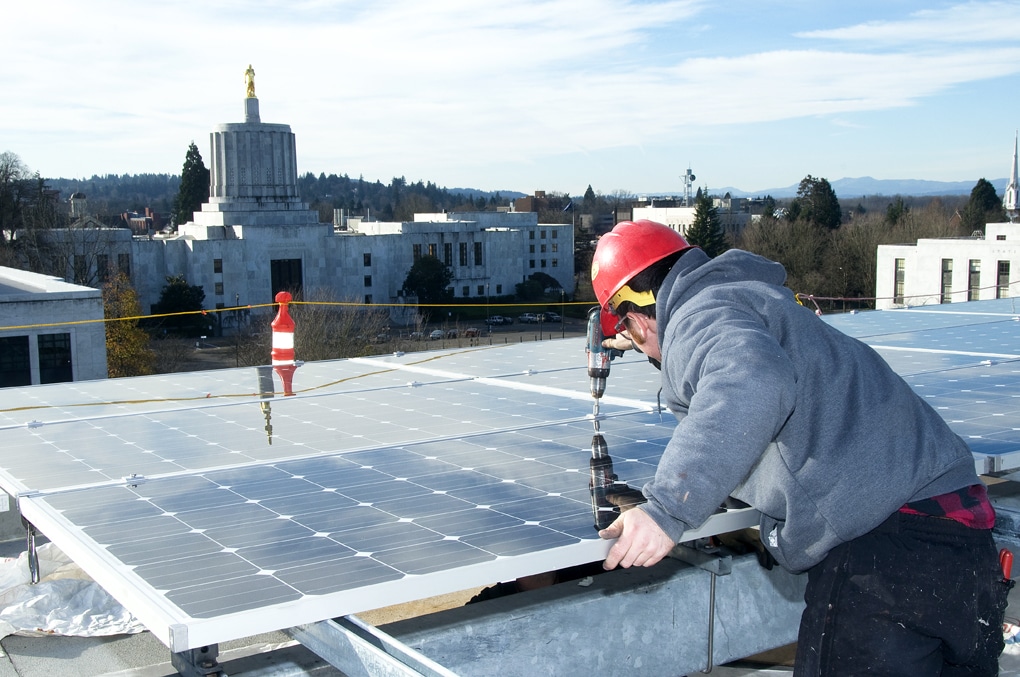Small solar panel power production based on size and sunlight conditions Under optimal sunlight conditions, an average 10-watt solar panel is capable of generating roughly 40-watt hours per day and yields roughly approximately a kilowatt-hour in one month. It provides just enough power for small loads like LED lighting and USB Charging (Mobile phone). If you need to convert the direct current into alternating, that too will cost another 10-15% in efficiency losses, so just a bit of electricity would never be delivered. Ideal Use Cases: power banks, camping lights or tiny appliances.
How Solar Cells Convert Sunlight to Energy
Photovoltaic (PV) cells convert sunlight to direct current electricity that can power almost anything, anywhere. PV panels installed on rooftops will often generate enough energy for a single-purpose appliance or circuit-based system. An individual cell will make from 0.5 to 0.6 volts, and are joined together in series passages cells give voltage increments. Such a 12V solar panel would have something like Or more for example, around cells. Efficiency is a key factor, small solar panels provide may only have 15-22% efficiency (meaning they will produce just under 2 watts per square foot), so if you are quite able to get around theoretically perfect sunlight of approximately at least one thousand watt per square meter about inputted on it and the output might be likely since even though their shares surplus right down that invariable over time could make some produces up. A small panel would generate about 6-9 kWh in a year.
Solar panels downgrade in practice due to the angle of sunlight and relevant temperature. If your 10W panel is getting 4 hours of direct sunlight, that means it delivers around 40Wh daily. That is 1.2 kWh over a month. In regions where the sun is always shining, like California, these panels may yield even better.
Understanding Direct Current (DC) vs. Alternating Current (AC)
Solar panels produce direct current (DC) in their natural form, but most of the household appliances we use daily operate on alternating current (AC). That is why an inverter that converts DC to AC is nearly always employed with small solar setups. However, many devices like RVs or small solar chargers boots use DC power directly up to a certain extent. A 10W DC panel can be connected directly to a typical LED light of around 5W without any conversion losses.
As we scale the system size, the inverter efficiency matters substantially. A little sun-oriented arrangement can waste around 10-15% of the energy with DC-to-AC transformation. Then, a small solar panel rates at 40Wh of DC power, so AC indicates you might have only about 34-36Wh on it. Designs that attempt to maximize efficiency must construe this loss.
Solar Panel Output Based on Size and Application
This depends greatly on the actual solar panel and its size in terms of energy production. In ideal situations, a common small 10W solar panel can produce between 40 and 60Wh daily. Compare that with a 50W solar panel, which can churn out between around 200-300Wh per day — enough to keep your laptop or small fan charged on an extended camping trip. A 10W panel may fully charge a 12V,7ah battery in approximately 8-10hrs of direct sunshine depending upon the environment and specific application, to power outdoor lights regulated by a regulator gives light for up to several nights with LED load only.
You may also see little panels that find their way into camping or marine systems with more detailed configurations. Those panels, size permitting, will run a small fridge ( 40-60Wh/hr ) for an hour or three per day. This is where battery storage comes in, helping in managing the production and consumption cycle of energy.
Environmental Factors Affecting Energy Production
Small solar panel energy output fluctuates due to environmental factors like where it is located, what time of the year we have and if there's any shading. Sunlight hours are shorter, and the sun tends to be lower in its orbit, possibly making a 100-watt solar panel only capable of providing around 60-70% of its rated capacity during winter months at northern latitudes. By comparison, modules in desert locations such as Arizona might hit 90-100% of their rated output due to higher solar irradiance.
A third but no less crucial factor is the temperature. Solar panels are least efficient when it's really quite hot out; if the panel is 35°C or a little bit more, expect to lose around 0.5% efficiency per degree Celsius between here and that peak of about 25°C - so our small panel was rated for ~10W output at standard testing temperatures would only put up average numbers after peaking in heat-stressed conditions to produce less than even roughly half-warming nominal expectation (9-8 / motor event). In colder, sunnier places, micro PV solar panels may continue to provide their anticipated amount of energy simply for more sustained periods.



